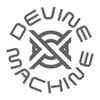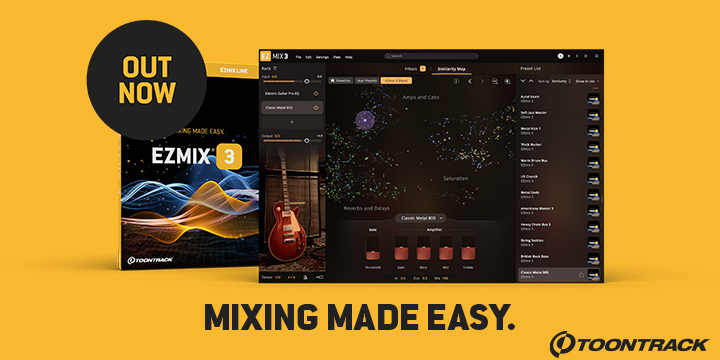
Devine Machine has updated Lucifer to v1.5.
Changes:
- Added the Incarn graph. This gives a new way for audio playback to be controlled. In addition, an Incarn Record option allows the user to draw a shape on the graph by playing the black notes.
- The assignments of the MIDI notes over the two octave range has changed. This change includes the addition of two user-assignable notes.
- The Loop Offset notes have been replaced by Pitch Change notes (The loss of the Loop Offset notes is not a problem as the new Incarn graph can produce very similar effects).
- There is no longer a Graphs On/Off control. Instead, the graphs are always active. To compensate, there are new on/off buttons for particular graphs/combinations of graphs. The Volume and Pan graphs have a combined on/off button, the Filter and Resonance graphs have a combined on/off button, and the FX graph has an on/off button.
- The Distortion graph has been renamed the FX graph. This is because that graph can now control one of a number of effects, not just a single distortion type.
- There's a new VOL>XF graph, accessed using the Volume graph, which can be used to automate the movement of the Crossfader.
- Each graph now has its own Smooth knob setting. The behaviour of the smoothing has also changed.
- The Filter Type setting is now individual to each graph set, instead of being a global setting.
- The Spread knob can now cause the audio loop to move forwards in time as well as backwards. There is also a new MicroSpread knob, which is a finer-resolution version of the Spread effect.
- A new Dry Thru knob, which allows the user control over the level of the wet audio heard when no notes are being played.
- The Scratch effect has changed both in sound and in control.
- There is now a choice of two Crossfader actions. With the default action, an equal gain (linear) action is used for crossfading when no notes are being played, and an equal power (curved) action is used when there are. The alternate choice results in an boosted equal power Crossfader action.
- There is an additional Wait mode, called Quant.
- The Filter Offset knob has been replaced by two Filter Range knobs, which can be used to achieve a similar result.
- There's the new End button, which results in an 'all notes off' command at the end of each cycle.
- The FX effect can be switched to be placed before or after the Filter.
- There are the new Copy, Paste and Rand buttons to make use of when drawing shapes on the graphs. Also, the Arrow buttons now offer additional facilities.
- Improved behaviour when playing more than one black note at a time.
- Input and output peak metering.
- A variety of CPU optimizations.
- The Tap Tempo note has a new behaviour that's useful when looping live audio with Lock active: playing the Tap Tempo note will reset the loop.
- A new Gate Decay knob, which can be used to change the decay slope of the gating imposed by the existing Gate knob. Previously, the only way to access this decay slope parameter was by sending MIDI Continuous Controller #96 messages to Lucifer.
- Graph shapes can be drawn using MIDI Continuous Controller #98.
- In the manual, the Time Cursor has been renamed the Playback Cursor and the Graph Cursor has been renamed the Cycle Cursor. These new names better reflect the respective roles of the two cursors.
- The Pan graph now allows for movement in the stereo field all the way from the hard left to the hard right positions. Previously, this range was somewhat restricted.









